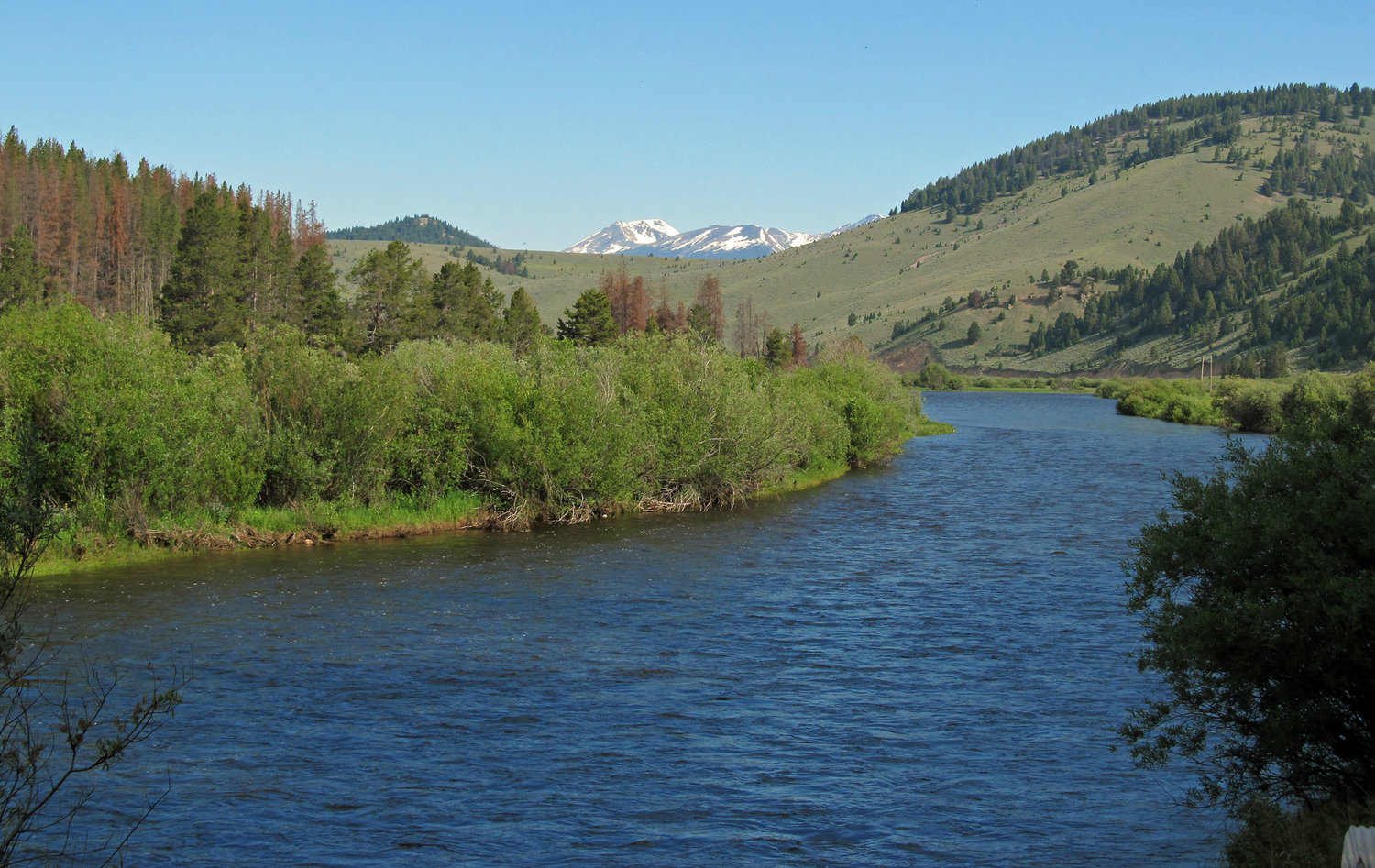I have an answer to the original question (sort of). One note is that for the private hatcheries, this is based on the licensee, not actual total private hatcheries.
i.e., Laurel Hill Trout Farm is registered as their business address in Rockwood, but they have 5 hatchery locations. I don't know how many of these private hatcheries are like that, but it likely means the total number of those hatcheries is higher than the map/count shows.
Edit> A few more caveats; This doesn't include places that stock private ponds and charge for fishing (pay lakes) where the proprietor isn't a propagator. Some of the private entities may be raising baitfish, warm water species, food fish indoors, or research facilities.
View attachment 1641224806





